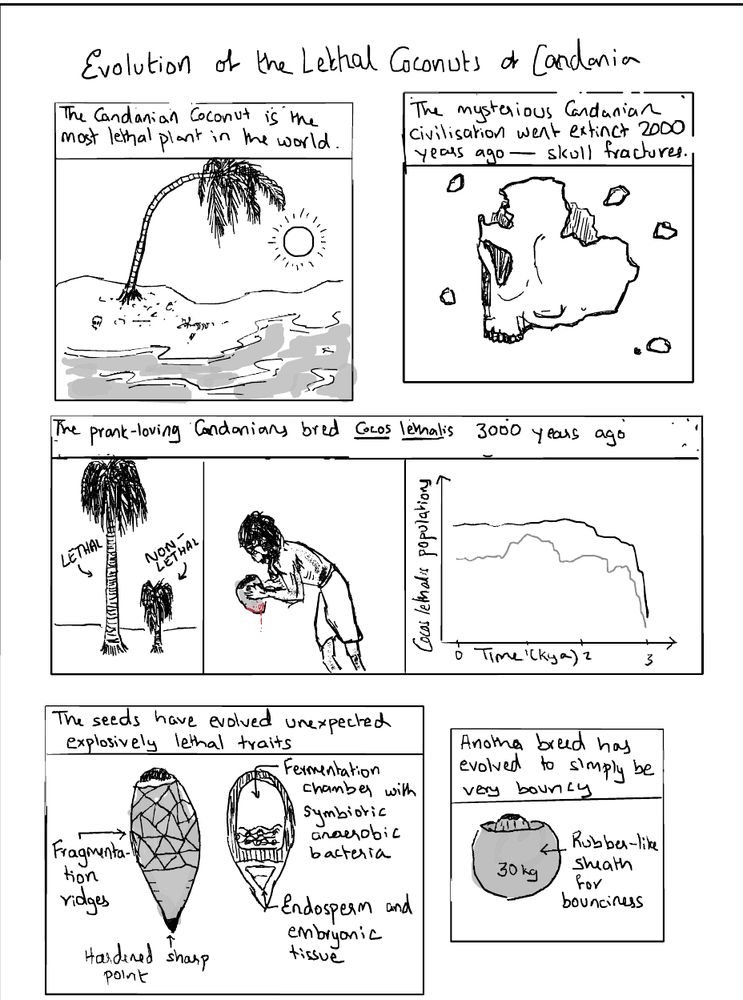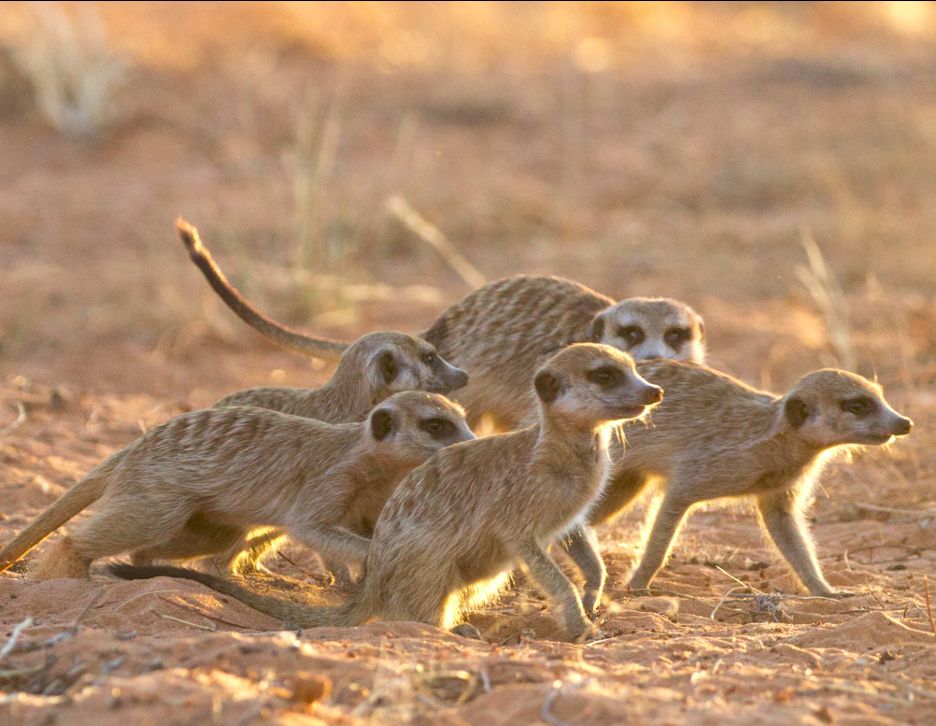pminasandra.github.io
Title: If Isaac Newton has seen further
Permalink: pminasandra.github.io/remarkable/?...

Title: If Isaac Newton has seen further
Permalink: pminasandra.github.io/remarkable/?...
Although I use Bluesky mainly for science, I think some of you might enjoy some of these more nerdy comics. Some examples uploaded below. Check out the link for more!



Although I use Bluesky mainly for science, I think some of you might enjoy some of these more nerdy comics. Some examples uploaded below. Check out the link for more!
I have a new pre-print out for a super short solo-author paper I just submitted! I explore how the ability to forecast others' behaviours affects your own decision-making. Check it out: doi.org/10.1101/2025.08.14.670290
I have a new pre-print out for a super short solo-author paper I just submitted! I explore how the ability to forecast others' behaviours affects your own decision-making. Check it out: doi.org/10.1101/2025.08.14.670290

Predictivity decay quantifies how quickly we lose predictive power when forecasting an animal's behaviour due to the accumulation of stochasticity. (8/10)

Predictivity decay quantifies how quickly we lose predictive power when forecasting an animal's behaviour due to the accumulation of stochasticity. (8/10)







The flagship paper from my PhD @mpi-animalbehav.bsky.social @livingingroups.bsky.social - We show surprising statistical similarities in animal behaviour across states, individuals, and even species.
www.pnas.org/doi/10.1073/...
(🧵 1/10)



The flagship paper from my PhD @mpi-animalbehav.bsky.social @livingingroups.bsky.social - We show surprising statistical similarities in animal behaviour across states, individuals, and even species.
www.pnas.org/doi/10.1073/...
(🧵 1/10)



